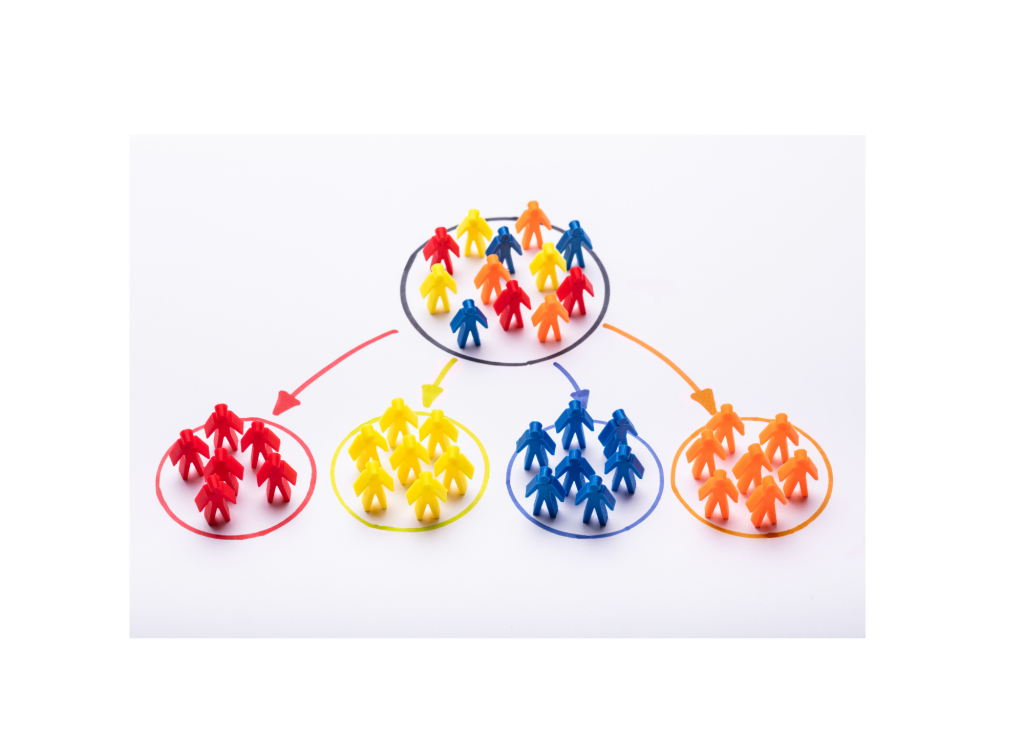
What is donor segmentation?
The strategy of grouping nonprofit supporters into smaller segments based on shared traits and characteristics is known as “donor segmentation.” Effective segmentation can help your nonprofit better understand your donor base, allowing you to send personalized messages that resonate with different groups, ultimately leading to increased engagement and donations.
How to segment donors?
- Determine Your Segmentation Criteria. There are several ways you can segment your donors. Here are some commonly used criteria:
- Donation level: You can group donors based on the amount they donate, such as major donors, mid-level donors, and small-scale donors.
- Frequency of giving: This can be broken down into one-time donors, monthly donors, yearly donors, etc.
- Donation type: This includes cash donors, in-kind donors, or those who contribute their time as volunteers.
- Activity level: Active donors (those who’ve recently donated) and inactive donors (those who haven’t donated in a while).
- Demographics: Age, gender, location, occupation, etc.
- Communication preference: Some donors may prefer email updates, others may prefer direct mail, and some may engage more on social media.
- Donation source: How did they find you? Was it through a fundraising event, direct mail, a website, or social media?
- Gather and Analyze Your Data. Collect data about your donors that align with the criteria you’ve set. This is where a good CRM (Customer Relationship Management) system can come in handy. By analyzing this data, you can start to identify patterns and trends within each segment.
- Create Your Donor Segments. Once you have your data and have decided on your segmentation criteria, you can start creating your segments. Remember, each donor can belong to multiple segments.
- Develop Tailored Strategies. Develop a unique communication and engagement strategy for each segment. For example, major donors may appreciate personalized outreach, while monthly donors might benefit from regular updates on how their donations are being used.
- Monitor, Evaluate, and Adjust. After implementing your strategies, monitor your success and be prepared to adjust. This might involve shifting donors into different segments as their engagement with your organization changes.
- Repeat.
Donor segmentation isn’t a one-time task. Regularly review and update your segments to ensure they’re accurate and effective.
These demographic segments can be easily created within your nonprofit donor database using data gathered from meetings, event registrations, surveys, and donation pages. If your marketing solution and CRM system are integrated, you can quickly create email lists based on donor segments and send customized messages based on the donor’s interests.
Why segment donors?
Donor segmentation is critical regardless of the organization’s mission and can significantly strengthen a nonprofit’s donor base. Donor segmentation enables the development team to:
- Tailor communications based on donor interests to make them relevant, personal, and compelling
- Customize solicitations based on previous giving amounts, patterns, and frequency
- Strategize donor relations and stewardship based on the giving levels
- Save time and effort on content creation as each donor falls into a designated segment based on specific criteria designed for each donor
For example, you might send a personalized email to donors who have given above a certain amount in the past with a special offer or thank-you message. You might also send a letter to donors who have not given in a while to remind them of your work and ask for their support.
Donor segmentation is a powerful tool that can help you improve your fundraising results. By understanding your donors and their needs, you can create more meaningful and effective communications that will encourage them to give.
Benefits of donor segmentation
- Increased donor retention: When you segment your donors, you can tailor your communications to their interests and needs. This can help you build stronger relationships with your donors and encourage them to give again.
- Improved fundraising results: When you target your communications to specific groups of donors, you can increase the chances that they will open your emails, read your letters, and click on your links. This can lead to more donations and higher fundraising totals.
- Efficient use of resources: By segmenting your donors, you can ensure that you are using your resources effectively. You can focus your marketing and fundraising efforts on the donors who are most likely to give, and you can avoid wasting time and money on donors who are not interested in giving.
The key is to be thoughtful about your segmentation criteria, and always be ready to learn and adjust based on your results. Remember, the aim is to understand your donors better to serve them effectively. Your donors are not just sources of funds, they are partners in your cause. So, segmentation should always lead to a more personalized and enriching experience for them.
